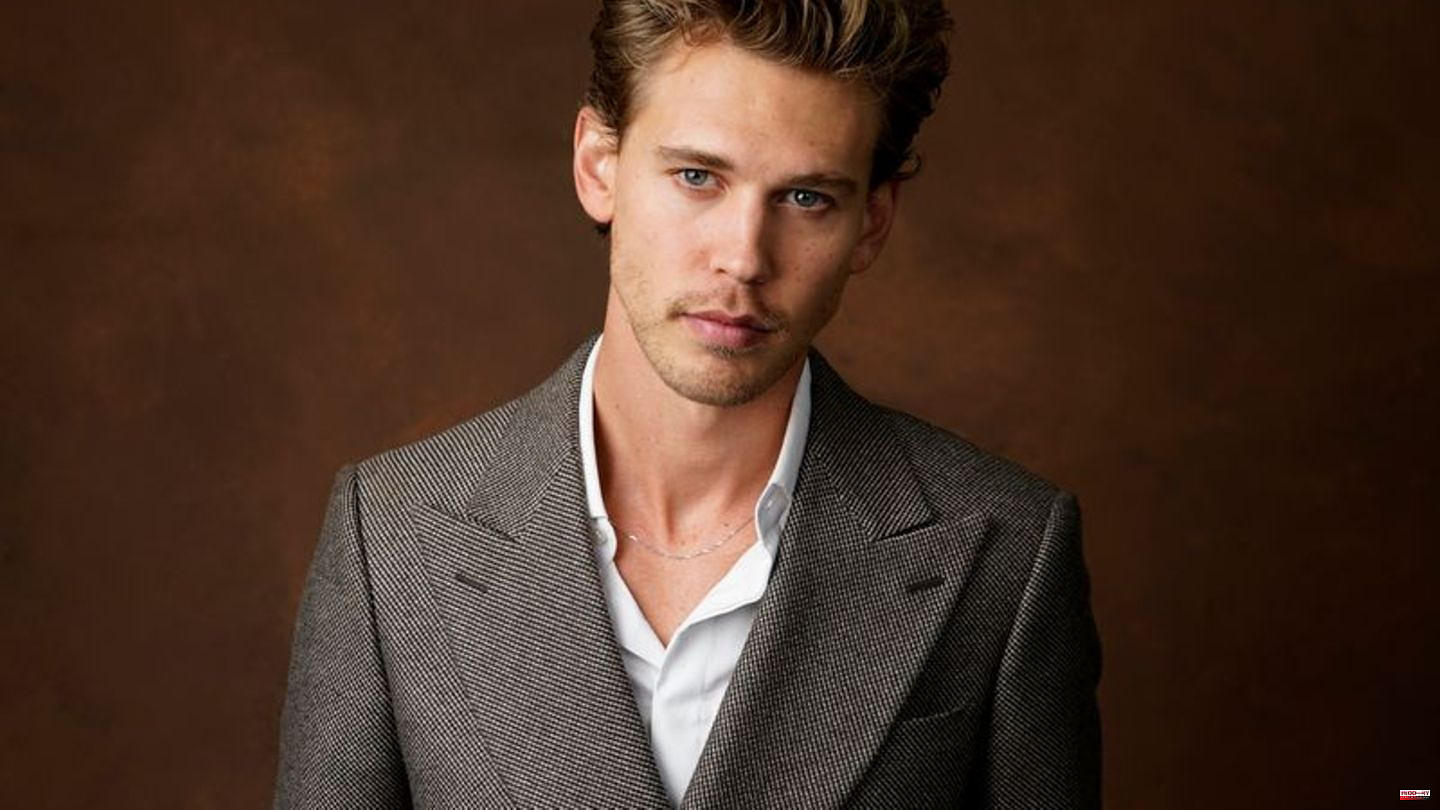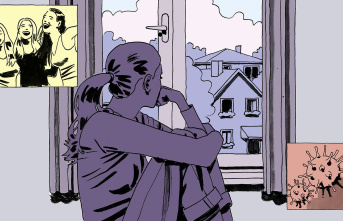Anyone who deals with the history of fashion quickly realizes that guys with necklaces are actually more normal than gentlemen without jewellery. After decades of the bad reputation of the gold chain, for example, men's jewelry is currently making a comeback. And that happens to a lot of guys, from the macho dude to the mama's boy. What is the "Statement Necklace" all about?
At a film premiere in Los Angeles, freestyle skier Gus Kenworthy (31) recently even wore a delicate necklace with his tuxedo, "Elvis" actor Austin Butler (31) wore a fine one in Beverly Hills at the Oscar nominee lunch. In the fashionable Netflix series "Emily in Paris", Emily Cooper's lover, a banker from London, likes to wear a glittering necklace with a shirt and jacket instead of a tie. Alfie, played by Lucien Laviscount (30), often wears a chain with his polo shirt.
Pop singer Harry Styles (recently at the Grammy Awards), actor Timothée Chalamet, many influencers, hip-hop or K-pop stars, Internet celebrities like the Elevator Boys, tennis player Alexander Zverev and other athletes adorn themselves with chains from different brands anyway kind
"Chest hair and beard as markers of masculinity"
In the summer of 2023, too, the men's chain - long despised as a chav order - will be back in fashion: if the neckline is lower or the upper body is bare, shiny jewelry will draw attention to itself. sex object man.
The masculinity researcher Toni Tholen from the University of Hildesheim says that men's necklaces partly compensate for the decline in the attractiveness of formal men's clothing. "The suit-and-tie look in particular is usually considered boring today. The change in fashion is accompanied by the neoliberal call to avoid bureaucratic, distant, stiff appearances and instead to be sexy, interesting, playful, more approachable and a little queer give."
However, men still wanted to radiate sovereignty and determination, says the literary scholar. "They then use their chest hair and beard as markers of masculinity, for example - and trained, muscular bodies or tattoos."
Tholen also sees necklaces as a new type of tie. "Chains are the new ties in that they make the phallus that the tie sometimes symbolizes appear less visible."
"Machos often lurk behind the playful façade"
Wearing a chain points to a masculinity referred to as "hybrid" in masculinity research. "Aspects coded as "feminine" are integrated into male gender performance without questioning the position of privileged masculinity." Since fashion often merely simulates modernization, effeminate men's jewelery such as chains is also part of an only apparently modernized masculinity. "Machos often lurk behind the playful facade."
In ancient Egypt men's jewelry expressed a high status, with the Romans there were necklaces, breast pins and bracelets, as well as in the Renaissance. In the Baroque era, the nobility - above all the Sun King Louis XIV of France - relied on glitter everywhere.
Until the French Revolution and the gradual end of the old aristocracy, men, if they were rich, wore colorful and magnificent adornments. With Napoleon and the 19th century, playful men's jewelry gave way to badges and military medals.
With the Biedermeier period, men's fashion changed fundamentally - at least in Europe and North America: First came the strict frock coat and finally in the 20th century the suit or, for the evening, the tailcoat or tuxedo. Magnificent pieces of jewelery were suddenly frowned upon for men. The more sparse, the more masculine - according to the new ideal.
"Everyone wants to be a bit street and ghetto"
Until recently, experts only recommended very few accessories for gentlemen: a nice wristwatch, a good pair of cufflinks and, if married, a modest wedding ring.
"For a long time, colorful ties were the only allowed adornment for suits and shirts in muted colors," says Carl Tillessen from the German Fashion Institute (DMI). "While the rest of the outfit was kept sober, ties were the few square inches of silk that men were allowed to have fun with."
That was suddenly over when, at the beginning of the millennium, the narrow tie, which was also kept in a muted plain color, was announced. "You could say that the responsible designer, Hedi Slimane, helped the tie to make a comeback and at the same time made it redundant."
DMI chief analyst Tillessen says that chains as new ties can be divided into at least two different types: "On the one hand there are thick gangster gold chains that are often worn with a hyper-masculine macho attitude." This is booming at the moment because the athleisure fashion of the last few years - from "athletic" (sporty) and "leisure wear" (casual clothing) - is strongly influenced by a hip-hop attitude. "So everyone wants to be a bit street and ghetto and flirt with the nouveau riche and the chav."
On the other hand, boys and men wear fine necklaces, including pearl necklaces. "It is an expression of the new, androgynous image of men. It is spreading because traditional gender roles and gender identities are increasingly being questioned. Gender-fluid accessories express the need to distance oneself externally from toxic masculinity or so-called old white men."












